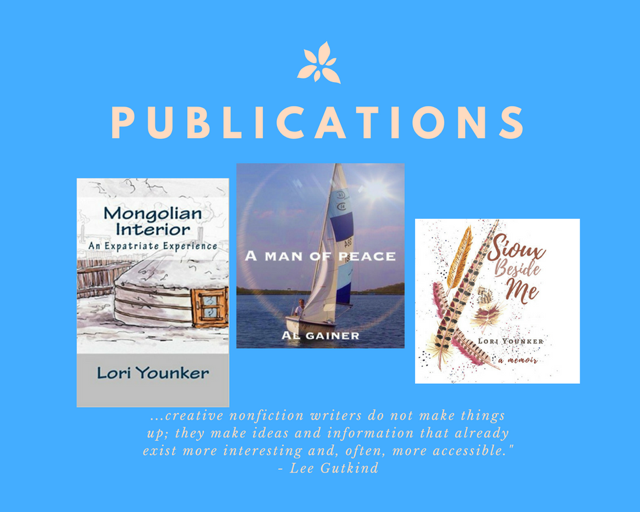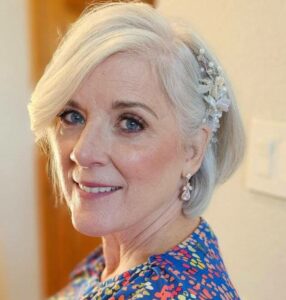STEP ONE I let a story flow out of me over a few days. I write in a forward direction. I don’t fix, add, rearrange or anything.
STEP TWO I usually jump into a story in a point of MOVEMENT (literarily the characters are moving, going, doing) and then I add a flashback or backstory as soon as possible to help my readers know “where” and “when” we are (setting).
STEP THREE I read over the story and I reconsider the POV (point of view). WHO? is the question. WHO should tell this story?
CONSIDERATIONS ON POV
I consider: If I use the first person point of view, then the reader can really get my feelings and emotions. If I choose 3rd person POV, I have to decide which character is really the main character. WHOSE story is it really?
If I choose the 3rd person POV, I still must hug close to that character and think, feel, speak through him or her.
However, I might want a storyteller sound. This would mean my 3rd person narration will be a true “storyteller” with an omniscient VOICE of “God” who knows everything is watching the characters and tells about them (not popular the last 25 years). In this POV, I might choose a storyteller with a strong VOICE of his/her own. Almost like he/she is the character who is invisible and tells it how he/she saw it. This means the narration will not go so far as completely omniscient.
In other words, if I choose this storyteller POV, I need to make a strong VOICE…My own? or as if I was “there.” with them blow by blow, giving myself freedom to include opinion. (If I choose this one, it is the most difficult to do well, because this voice must be consistent throughout.)
STEP FOUR After I choose WHO will tell the story and whether it will be 1st person, 2nd person (speak directly to the reader with “you”) or 3rd person (intimate narration of main character or omniscient storyteller), Then I must choose present tense or past tense.
CONSIDERATIONS ON TENSE USAGE
If I choose first person, this will give the most excitement and tension, like the story is happening RIGHT NOW. This is good for action stories. And if I choose the past tense, it is like the story being reported. “Already done and over with–everything conclusive.”
Yet, in this past tense I have a range of choices. I can act like it JUST HAPPENED and thus, I don’t have the wisdom of the ages, I only have the information in an immediate sense. However, I can choose a “distant narration,” like the events happened, long, long time ago, then (especially if it is 1st person) the wisdom and knowledge is “rich” since my whole life is informing what I share with the reader. (Hope you’re following me).
STEP FIVE Now I fix my manuscript with these decisions made: POV and TENSE. Sometimes I’ve experimented in my mind like a script. Other times I have it in print. Not long, and I’ve decided which COMBO FITS my story.
STEP SIX Then I go back and I look for places that need more description, where does my reader have question marks about the setting, the situation? I expand the information carefully in those places, right where the reader needs it.
STEP SEVEN In this step, I look for places where I TELL my reader something and revise it in order to SHOW the reader instead. “She was sad.” is better portrayed in a conversation with a sad tone, body language that shows sadness, etc.
STEP EIGHT Next, I look for all the places where the information could be given in conversation instead of narration and try to see if a dialogue would work.
STEP NINE Often more than one good idea or phrase is on the page for a description of a character or an action. When I revise I keep my favorite and DELETE the rest. Too much is too much as they say.
STEP TEN During the revision, I make sure I haven’t said anything TWICE. ha ha. Did I tell you she was sad? Yeah. she was sad (equals BEING REDUNDANT)
STEP ELEVEN To add some magic…while I was writing some secondary imagery might be just bursting from the pages. Should I use a lot of references to LIGHT? to GARDENING? to the BODY? to some aspect of NATURE?
EXAMPLE OF IMAGERY or SYMBOLISM
If I choose some imagery, I go back and find verbs or adjectives associated with that topic and find places where my characters can express themselves in those terms. Say, I choose the body as an image. The character can find some information “indigestible” or “delicious”—though not related to food. Get it?
STEP TWELVE I read it aloud and fix.
STEP THIRTEEN I print it and fix.
STEP FOURTEEN I do #13 and #14 twice or three times more.
STEP FIFTEEN I email it to friends and the show me the problem areas where they have misconceptions or question marks in their minds.
STEP SIXTEEN I do #13-14 again.
STEP SEVENTEEN Eventually, when I read it out loud and it FLOWS and its MOVING me emotionally. I STOP!
Further Reading on Point of View:
THIRD PERSON Point of View Continuum



